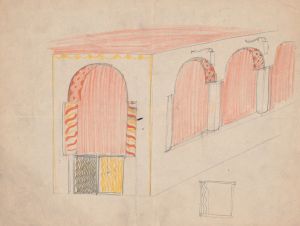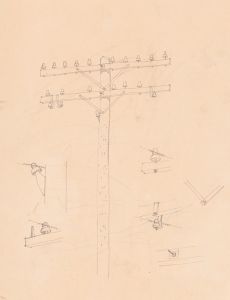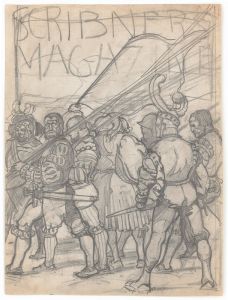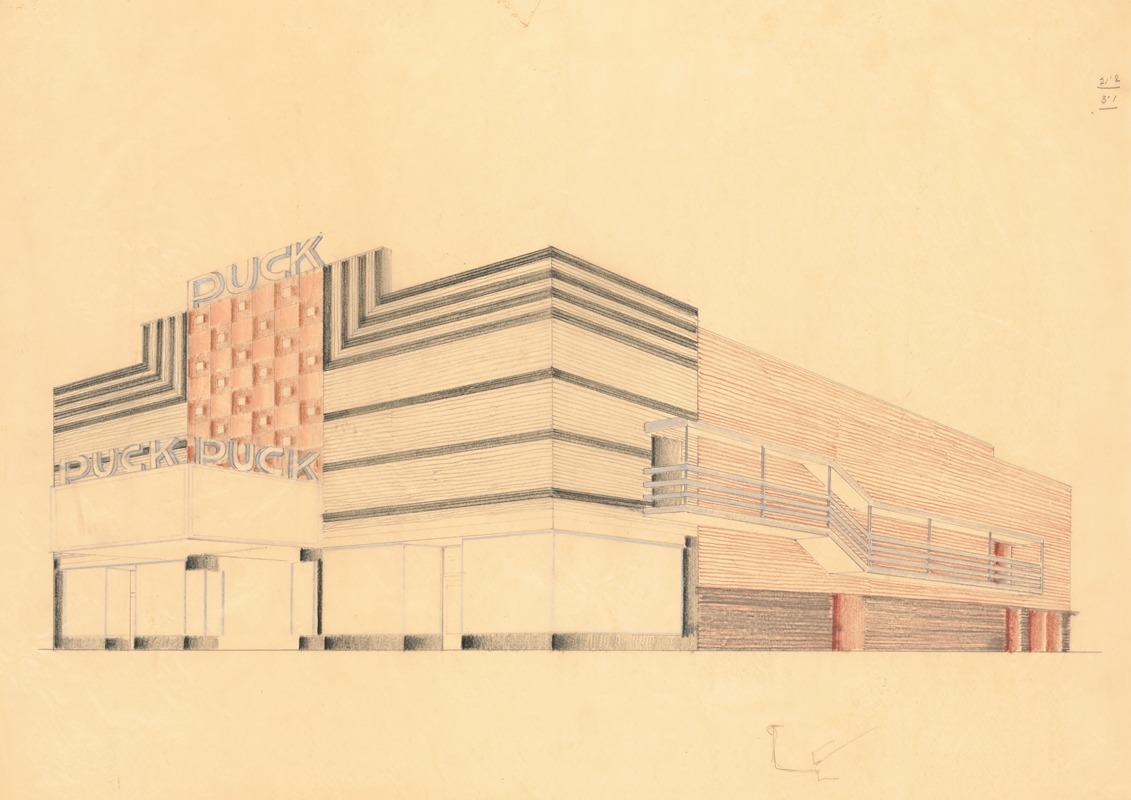
Designs for the Puck Theater , New York, NY.] [Exterior perspective study
A hand-painted replica of Winold Reiss’s masterpiece Designs for the Puck Theater , New York, NY.] [Exterior perspective study, meticulously crafted by professional artists to capture the true essence of the original. Each piece is created with museum-quality canvas and rare mineral pigments, carefully painted by experienced artists with delicate brushstrokes and rich, layered colors to perfectly recreate the texture of the original artwork. Unlike machine-printed reproductions, this hand-painted version brings the painting to life, infused with the artist’s emotions and skill in every stroke. Whether for personal collection or home decoration, it instantly elevates the artistic atmosphere of any space.
Winold Reiss was a German-American artist and designer known for his work in portraiture, graphic design, and interior decoration. Born in Karlsruhe, Germany, in 1886, Reiss immigrated to the United States in 1913, where he became a significant figure in the American art scene, particularly noted for his depictions of Native Americans and African Americans, as well as his contributions to modernist design.
The "Designs for the Puck Theater, New York, NY" is an exterior perspective study by Winold Reiss, showcasing his architectural and design skills. The Puck Theater, named after the mischievous character from Shakespeare's "A Midsummer Night's Dream," was part of the Puck Building, a historic structure located in the Nolita neighborhood of Manhattan, New York City. The building itself is a notable example of Romanesque Revival architecture, designed by Albert Wagner and completed in 1893. It has been a landmark in New York City, known for its distinctive red brick facade and large, gilded statues of Puck.
Reiss's involvement with the Puck Theater likely reflects his broader engagement with the cultural and artistic movements of his time. His design work often incorporated elements of Art Deco and modernism, characterized by bold colors, geometric patterns, and a keen attention to detail. While specific details about the Puck Theater design by Reiss are limited, it can be inferred that his approach would have aligned with these stylistic tendencies, aiming to create a visually striking and culturally resonant space.
Throughout his career, Reiss was deeply influenced by his European training and the diverse cultural landscape of the United States. He studied at the Royal Academy of Fine Arts in Munich, where he was exposed to a variety of artistic styles and philosophies. This background informed his eclectic approach to design, allowing him to blend traditional techniques with contemporary aesthetics.
In New York, Reiss became involved with various artistic communities and contributed to several public and private projects. His work extended beyond theater design to include murals, interior decorations, and illustrations. One of his most famous commissions was the design of the interior of the Harlem nightclub, the Cotton Club, where he created vibrant murals that celebrated African American culture and music.
Reiss's legacy is marked by his ability to transcend cultural boundaries and bring a modernist sensibility to American art and design. His work on projects like the Puck Theater highlights his versatility and his commitment to creating spaces that were both functional and artistically innovative. Despite the lack of extensive documentation on the specific designs for the Puck Theater, Reiss's broader body of work continues to be celebrated for its artistic merit and cultural significance.
In summary, Winold Reiss's "Designs for the Puck Theater" represents a facet of his diverse career as an artist and designer. While specific details about this particular project are scarce, Reiss's influence on American art and design is well-documented, and his contributions to the cultural fabric of New York City remain significant.





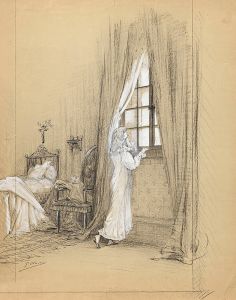
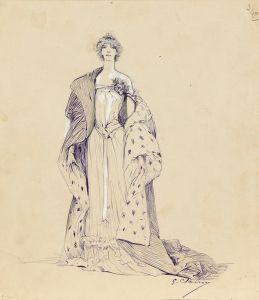
![[Interior design drawings for unidentified rooms.] [Sketch for room colored green and orange](/imgs/249269/s/winold-reiss-interior-design-drawings-for-unidentified-rooms-sketch-for-room-colored-green-and-orange-9a5c830b.jpg)
![Design drawings for the Theodore Weicker Apartment Building.] [Study for metalwork gate](/imgs/249281/s/winold-reiss-design-drawings-for-the-theodore-weicker-apartment-building-study-for-metalwork-gate-8a05d5e9.jpg)
![Design proposals for Puck Theater, New York, NY.] [Interior perspective study](/imgs/249305/s/winold-reiss-design-proposals-for-puck-theater-new-york-ny-interior-perspective-study-616c8d27.jpg)
![Designs for the Puck Theater , New York, NY.] [Exterior perspective study..](/imgs/249325/s/winold-reiss-designs-for-the-puck-theater-new-york-ny-exterior-perspective-study-aba2fbab.jpg)
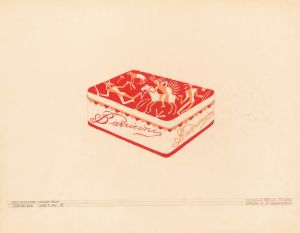

![Design proposals for Puck Theater, New York, NY.] [Interior perspective study](/imgs/249412/s/winold-reiss-design-proposals-for-puck-theater-new-york-ny-interior-perspective-study-27d2bb72.jpg)
![Design proposals for Puck Theater, New York, NY.] [Interior perspective study.](/imgs/249414/s/winold-reiss-design-proposals-for-puck-theater-new-york-ny-interior-perspective-study-ba0eb061.jpg)
